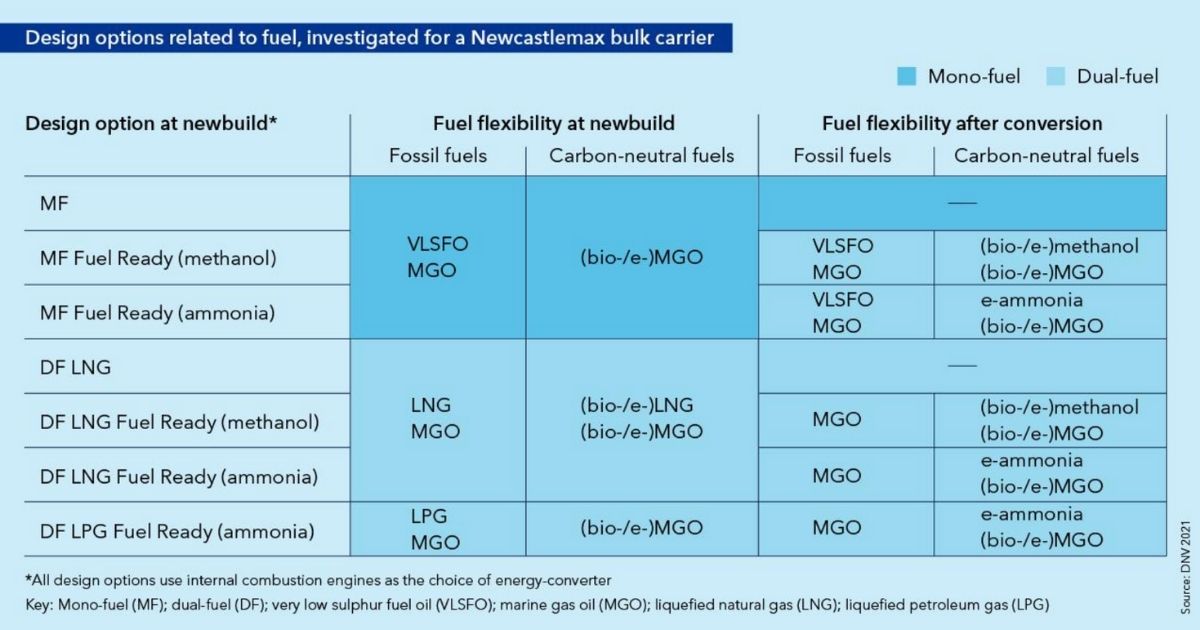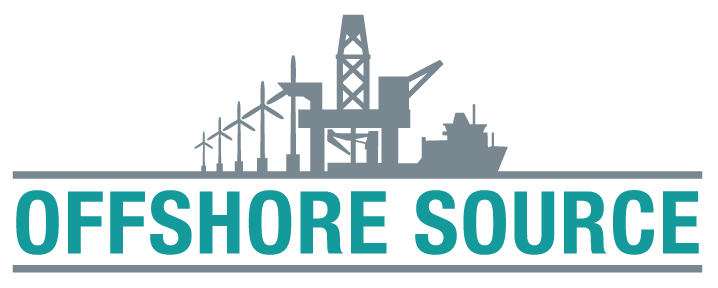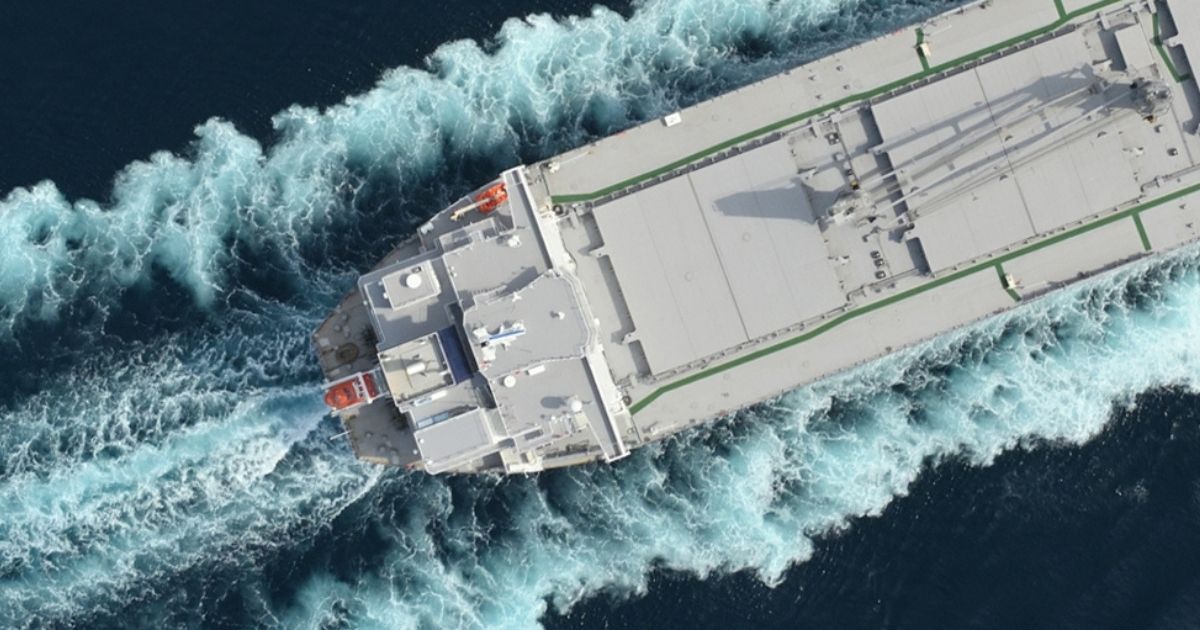By Dr. Shahrin Osman, Regional Head of Maritime Advisory, Director of Maritime Decarbonization and Autonomy Centre of Excellence Asia – Pacific at DNV
Dr. Shahrin Osman will be one of the key panelists at the upcoming Asia Pacific Maritime (APM) 2022 exhibition and conference held from 16 – 18 March 2022 in Singapore. Supported by the Maritime Port Authority and Singapore Exhibition & Convention Bureau, APM returns as the first major in-person maritime tradeshow after a two-year hiatus.
Dr. Osman will be leading the discussion on decarbonization and examining innovations and incentives that could help accelerate decarbonization in the maritime sector.
Here, Dr. Osman discusses ammonia as a marine fuel for zero emission shipping.
The maritime energy transition is one of the grand challenges of our time and the shift to alternative fuels has already started, even for deep-sea commercial tonnage. Regulatory and consumer pressures on shipping to reduce its carbon footprint is increasing, and as a result we can expect the IMO to adopt much stricter environmental targets in the years to come.
Amongst the fuel mix, ammonia is being widely discussed as one of the best zero-carbon fuel options for deep-sea shipping. So how viable is ammonia and is it safe enough for widespread use as a marine fuel?
From DNV’s own studies and from pilot programs conducted in Europe in particular, ammonia comes clean as an ideal marine fuel for long-haul shipping, as part of a wider mix of fuel options.
As a global organization headquartered in Norway – recognized as the world’s leading classification society and respected advisor to the maritime industry – DNV is well positioned to weigh up all the clean and green fuel options which could take their place, alongside LNG, and even replace it one day, as an alternative shipping fuel, as outlined in details in DNV’s Maritime Forecast to 2050.
Not only does ammonia burn CO₂-free, like hydrogen, but it has a higher energy density and is easier to store and transport, as it doesn’t require cryogenic – or ultra-cool – storage.
An evaluation of a Newcastlemax bulk carrier newbuild has shown that ammonia would likely be the cheapest carbon-neutral fuel for this ship type under certain scenarios – adding that Fuel Ready (ammonia) and dual-fuel designs are becoming valid options for shipowners already now.
 Design options related to fuel for a Newcastle bulk carrier. Fuel flexibility at newbuild and after conversion (if applicable) are shown for each design option.
Design options related to fuel for a Newcastle bulk carrier. Fuel flexibility at newbuild and after conversion (if applicable) are shown for each design option.
But what about green ammonia? How is it produced and where does it come from?
While ammonia is currently going through marine fuel trials in Europe and Japan, one of the best Asia Pacific sources for green ammonia (and/or green hydrogen) could be Australia, as it is already a major supplier of LNG.
Green ammonia can be produced from green hydrogen, which is a known renewable energy source. Australia already has plans for major green hydrogen plants. In addition, ammonia is widely used there in agriculture, most commonly as a fertilizer.
As ammonia has advantages over the direct use of hydrogen for long-distance shipping, the International Energy Agency (IEA) states in its Net Zero Emissions Scenario that green ammonia could meet around 45% of global shipping fuel demand. IEA also sees it as the lowest cost option as an alternative fuel for the future.
Another advantage for liquid fuels like hydrogen or ammonia is that they can safely be used alongside LNG during the transition phase. We also know that ship engines are being designed in Europe to accommodate ammonia, as an onboard fuel, alongside LNG.
Studies in Norway, for example, have shown that ammonia can be safely deployed even in passenger vessels and the researchers clearly could not identify any “incomprehensible technical or safety barriers”.
For the widespread adoption of ammonia as a marine fuel, it is important that standards, specifications, and guidelines are developed. At DNV, we are working with organizations inside and outside the maritime industry to collaborate on research and technical evaluation of ammonia – and other potential marine fuels – to ensure that it can be safely deployed on vessels around the world.
In Singapore, DNV will lead an ammonia bunkering safety study awarded by the Global Center for Maritime Decarbonizations (GCMD) teaming up with leading infrastructure developer Surbana Jurong and the Singapore Maritime Academy to define a robust set of safety guidelines and operational envelopes for ammonia bunkering. The GCMD was established in August 2021 to support and accelerate the industry’s move towards zero carbon shipping.
To sum up, we don't see any “showstopper” for ammonia to prevent it from playing a primary role as the marine fuel of the future. From our studies and from industry trials conducted in many parts of the world, there is no obstacle that we can see that’s in the way of ammonia.
Just as DNV played a significant role in pioneering the use of LNG in shipping, we believe green ammonia is in line to go through a similar development, just quicker.
With the right level of commitment and concentrated effort, it is possible that ammonia could replace LNG as the dominant alternative shipping fuel. By collaborative effort – governments and industry – this is getting well on the way -in the coming decade.
To reach zero emissions, we must continue to consider a whole range of alternative fuels and strategies. It is equally important to keep in mind a number of essential measures towards maritime industry decarbonization, including greater energy efficiency, fuel flexibility and weighing up all Fuel Ready solutions.


